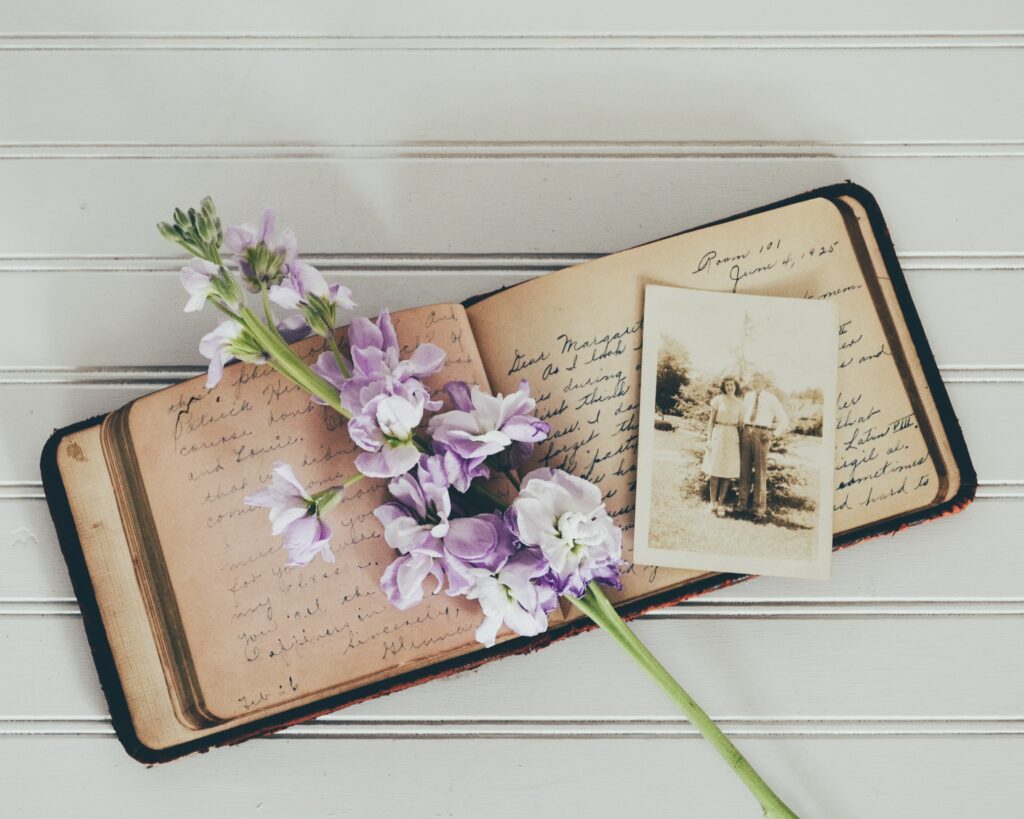If you have ever been in a literature or writing class at Wheaton, you may have heard the term “creative nonfiction” thrown around by one of your professors or classmates. Perhaps you have encountered the phrase in Kodon or The Pub and are interested in knowing more about what this genre is. Or you are unfamiliar with the term, you may even find it paradoxical. You are not alone in this either.
Truth be told, creative nonfiction is a genre that can be hard to define. Its name carries a range of implications for individuals who hear it. Even among scholars, there is disagreement as to what qualities make up creative nonfiction. As Wheaton English Professor Drew Bratcher puts in his syllabus for his class of the same name, “[C]reative nonfiction is a genre of writing defined, ostensibly at least, by what it is not.” But what does this mean? How can a genre be defined by what it doesn’t do? Let’s break down the phrase to gain a fuller understanding of what is—or isn’t—creative nonfiction.
Creative nonfiction is a genre of writing defined, ostensibly at least, by what it is not.
Drew Bratcher
How Should We Define CNF?
Fiction means “to shape” or “to form.” Does this imply that nonfiction means to not create or to not form? Yet another layer of complication is added with the word “creative” in front of it. You are then left with a phrase implying that you as a writer are given the impossible task of creatively not creating. Thankfully, this is not the end of the discussion for writers of creative nonfiction, and there is a rich collection of writers who have tried to explain exactly what it means to use the term creative nonfiction.
Picture yourself in a bookstore’s nonfiction section. What kinds of books would you expect to find? Autobiographies? Political commentaries? Science textbooks? Books about cooking, pregnancy, art, travel, self-help, spirituality, and nature? How-to guides and memoirs? The list goes on endlessly. There is no shortage of topics you can consider nonfiction. To write nonfiction is to explore the world around you. This is one of the exciting tasks of writing creative nonfiction as there is no boundary for the topics about which you can write.

In its most simple terms, creative nonfiction is about writing your own stories in a way that reads with specific literary conventions in mind. In the words of Lee Gutkind, founder of the magazine Creative Nonfiction, “The primary goal of the creative nonfiction writer is to communicate information, just like a reporter, but to shape it in a way that reads like fiction.” Purdue’s Online Writing Lab (OWL) defines the genre similarly in that “the genre relies on the author’s ability to retell events that actually happened…[using] imagination and craft to relay what has happened and tell a story.”
The Sub-Genres of Creative Nonfiction
Now that you have a better grasp of what the term “creative nonfiction” encompasses, you can explore how this genre is expressed in its different forms. Below are a few of the most popular forms. Understanding these subgenres will help you start writing your own creative nonfiction pieces. Take heart though! This is not a list of the limits of creative nonfiction—the borders of the genre are still expanding, and there are limitless possibilities for you to explore.
The Essay
I already know what you’re thinking—no, this is not the same kind of essay you would write for a typical class. The first formal essay originated in the 16th century by a writer named Michel de Montaigne. The name “essay” is derived from the French word “essai” meaning “to try” or “to attempt.” What Montaigne was trying to do with the essay was put his thoughts into words. This can, for obvious reasons, create problems of vagueness for how to define essays, but there are ways to conceptualize this process. John D’Agata writes in The Making of the American Essay that “the world we know is already a nonfiction. Let the essay be what we make of it.” To write an essay is an active chase in the never-ending pursuit of understanding the world. If you are interested in reading more about essays, the best place to start is by reading essays yourself. Some notable essayists to start with are Joan Didion, Annie Dillard, James Baldwin, E.B. White, and George Orwell.
the world we know is already a nonfiction. Let the essay be what we make of it.
John D’Agata
Literary Journalism
Literary journalism is much like how it sounds —it is journalism that is written more like a narrative, using alternative perspectives and storytelling. Utilizing the skills of reporting and interviewing, literary journalism can take on the point of view of the subject being described, while basing those personal experiences on bigger truths and concepts. Similar to other kinds of journalism, the authors are committed to the truth of the characters, but the details are conveyed somewhat unconventionally. If you want to read some literary journalism, check out the works of Gay Talese, Jack London, Zora Neale Hurston, Katherine Boo, and Thomas Wolfe.
Biography/Memoir
This mode of creative nonfiction is probably the most familiar to you. In biographies and memoirs, the writer is tasked with telling the story of someone’s life truthfully. The key difference is that while a biography will generally cover all of a person’s life, a memoir only focuses on a portion or specific event. These forms of writing fall under the scope of creative nonfiction because they require the writer to interpret and analyze the specific events of someone’s life, at times even their own. Some good biographies to check out are Robert Caro’s political biographies, Valerie Boyd’s Wrapped in Rainbows: The Life of Zora Neale Hurston, and Maya Angelou’s autobiography I Know Why the Caged Bird Sings.

Conclusion
Overall, to write creative nonfiction is to declare that everything is worthy of thought and contemplation. As a writer, you have the gift of not only observing the world but also putting those observations into words that are meaningful. This is an important task because you are able to give dignity to many voices, experiences, and stories, regardless of how mundane they may seem. So, go out—experience the world around you, and discover the way life is fueled by the words you write.